Crossing a Threshold
Most golfers who play and practice regularly find they eventually reach a scoring threshold that's difficult to break through -- lower scores become increasingly difficult to achieve. Golf media often define milestones as breaking 100, breaking 90, breaking 80, or breaking 70 depending on the skill level of the golfer. And there seem to be distance barriers for the driver often seen as 200 yds or 250 yds or 300 yds. How do we cross these thresholds?
The usual recommendation is to take a series of lessons from your local pro, or get a new set of clubs with the latest technology -- which is often little more than decreasing the lofts on your irons and getting longer shafts in everything else. And it's not uncommon to decide a health club membership and some regular exercise might do the trick. However, just about everyone who takes their golf game seriously realizes that something is still missing because the average scores in golf haven't changed much in more than a generation.
We think what makes these golf thresholds so difficult to cross is that they arise from the combined effect of multiple causes. Part of what makes golf a complex game to play is that lots of things need to work well together to score low. Getting better is likely to require combining improvements in several areas at once. However, following individual paths to improve each phase of the game separately has not been particularly effective in producing lower scores for most players.
The TPI approach is built on the concept that a better game depends on improving three general areas: technique, equipment, golf fitness. That all three are needed to result in lower scores. Regular lessons from your local teaching pro, custom clubfitting from a skilled professional, and a physical assessment and fitness plan from a certified professional trainer who understand the basic mechanics of the golf swing. In other words, apply an integrated approach with the goal of helping you to achieve lower scores -- in golf, that's what counts. Lower scores means more satisfaction and enjoyment from playing the game.
The goal at JTClubs has focused on integrating our expertise in the three major foundations for better golf to provide a comprehensive way for helping golfers improve. All three foundations of your swing are analyzed together -- we understand how each phase interacts with the others and contributes to your performance. We think it's the most efficient path to crossing a threshold in golf.
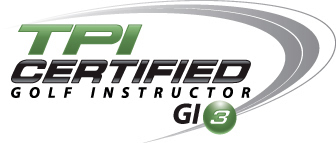
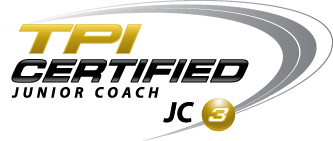
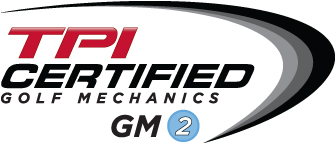

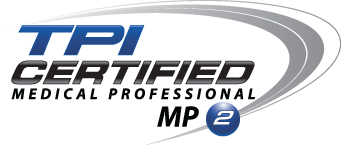

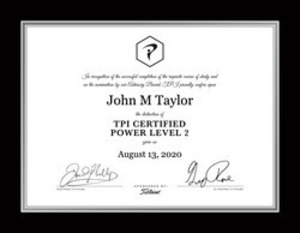


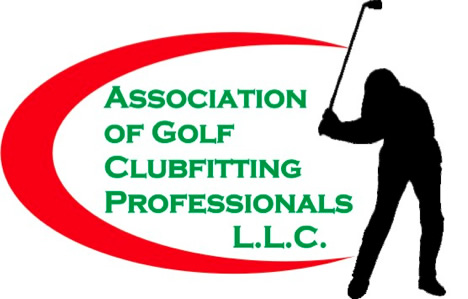

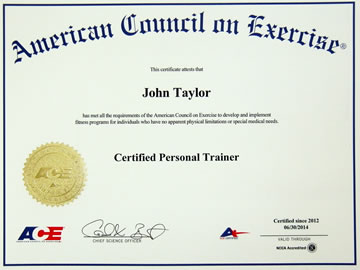
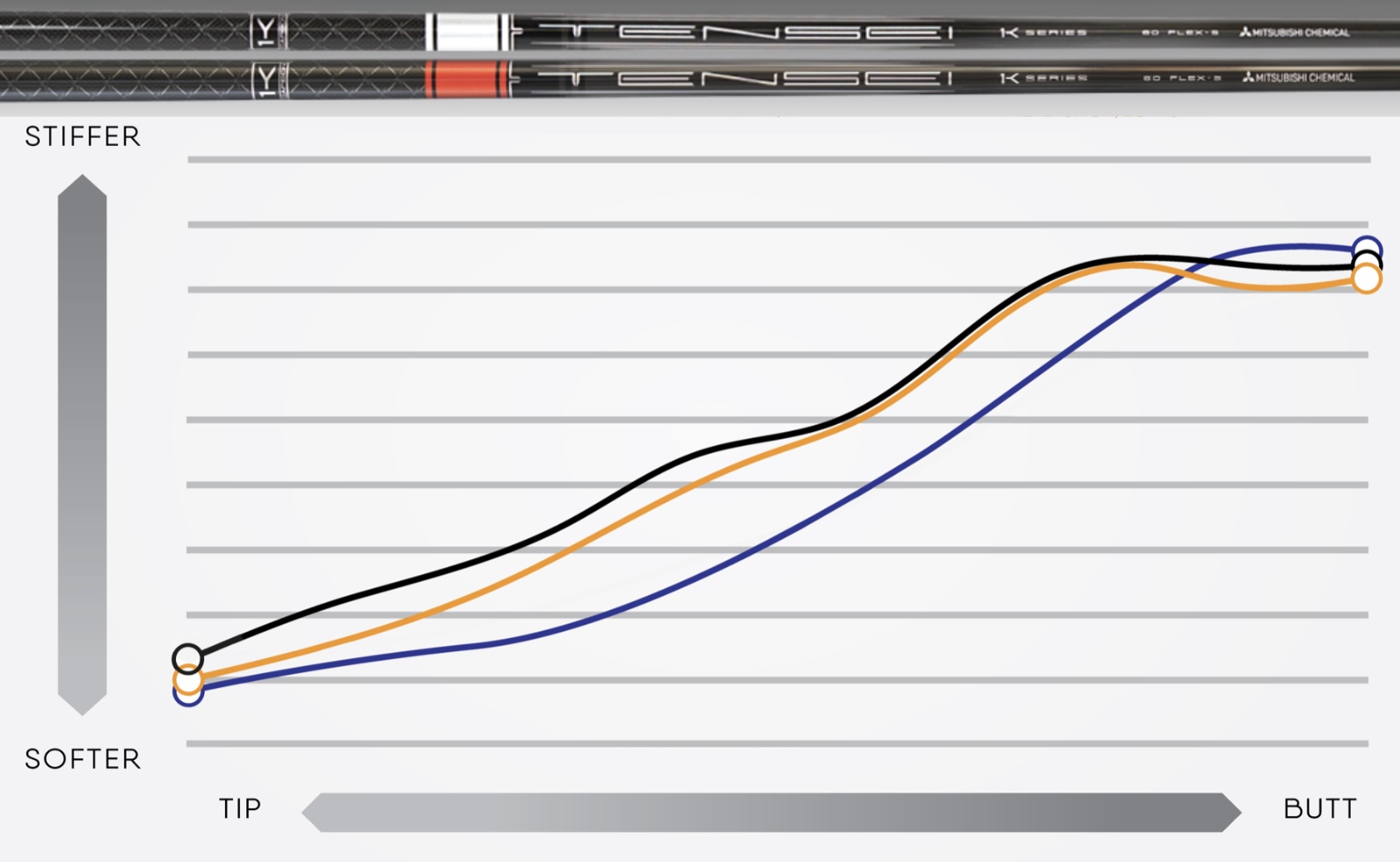
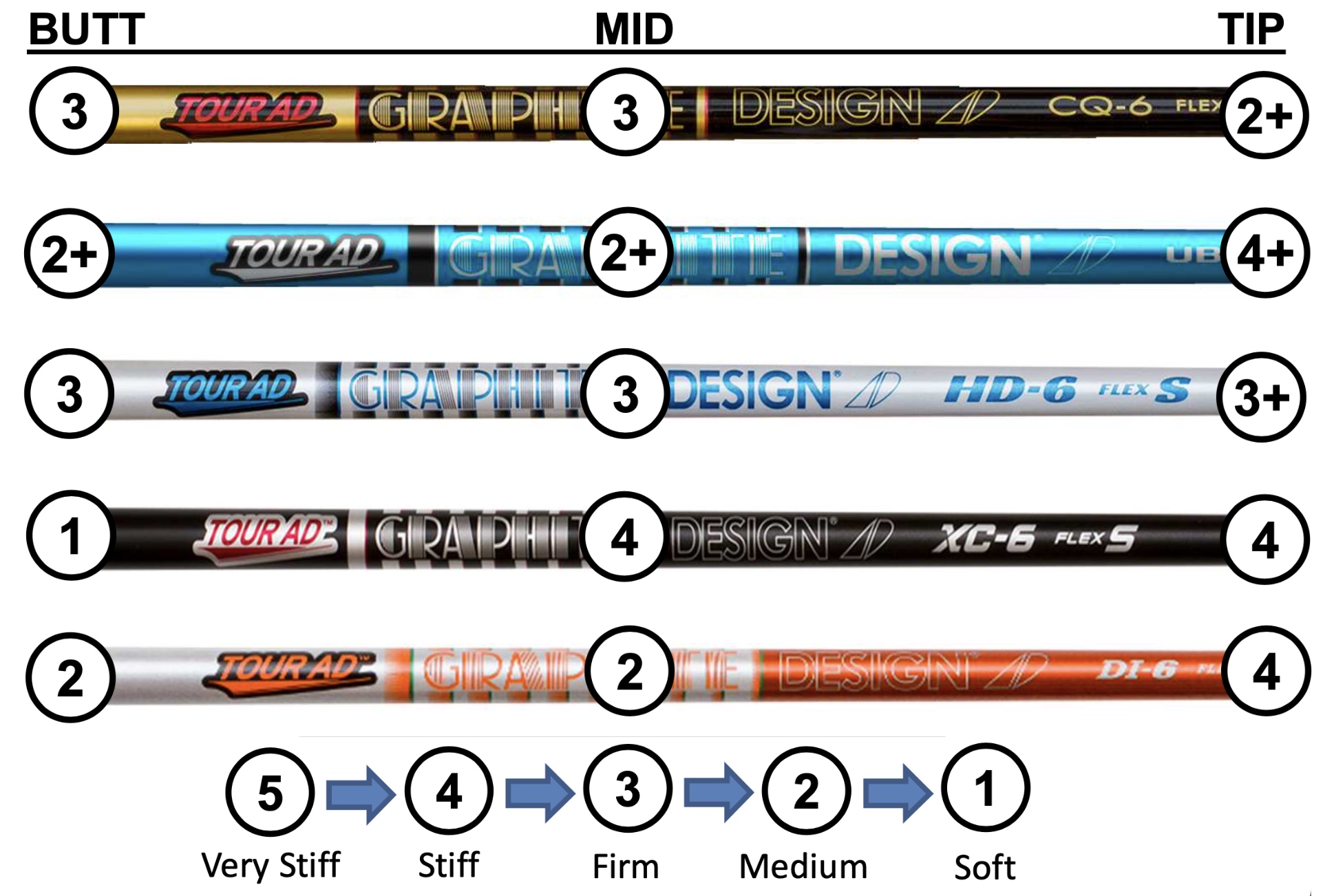










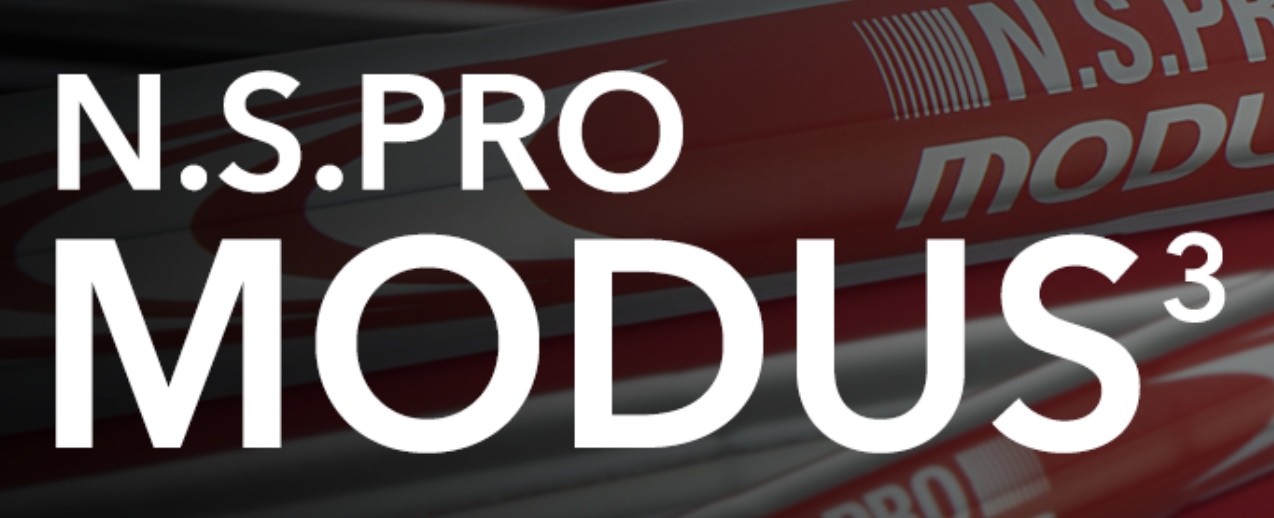


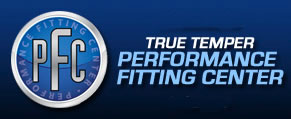

 John Taylor
John Taylor